My Aquaponics Adventure: Learning Through Fishes and Mistakes
It all started one balmy evening in mid-spring, the kind when the air feels just right, and your backyard seems to glimmer with possibilities. I was nursing a cup of lukewarm coffee, flipping through gardening magazines, when I stumbled upon the term "aquaponics." It sounded fancy, like something a hipster in a big city might do. But you know me—I’m just a small-town gal actually trying to grow things in my backyard, the way my grandmother did.
At first, my thoughts were pleasantly naive. Fish? In my backyard? Growing veggies at the same time? It felt like magic. Fast forward a few weeks, and there I was, sleeves rolled up, standing in my cluttered garage, surrounded by a wild assortment of makeshift tools that would make any DIY enthusiast proud—or perhaps appalled.
The Ingredients of Chaos
Now, if you think you need a fancy setup to do this, let me tell you: I was dead wrong. I scrounged up old plastic barrels from who-knows-where, an old pond pump that had seen better days, and a couple of mismatched plastic tubs that probably housed my kids’ Lego sets at some point. My husband watched with a mix of amusement and caution from the porch, wondering how long until I took it too far.
With a few poorly explained sketches on the back of a napkin, I envisioned a glorious setup of plants and fish living together in harmony. I dedicated a weekend and went to the local feed store with visions of vibrant tilapia dancing in my head. What sold me on tilapia was the clerk’s enthusiastic description of how hardy they were—a perfect fish for a beginner! They had a few out back in a tank, and I remember leaning over to get a closer look while planning our splendid future together. Little did I know, setting up the tank was the least of my problems.
The Smell of Failure
I remember the first few days so clearly. After a lot of elbow grease (and way more duct tape than I care to admit), I finally had my tank set up. I’d added water, convinced I was ready to go. I thought, "I’ve nailed it!" But that was just the beginning. A couple of days in, the water started turning green. I thought I had accidentally summoned some kind of swamp spirit in my backyard. I mean, blue-green algae doesn’t exactly scream "aquaponics success," does it?
Desperately Googling away, I learned that the green water wasn’t just a bad sign—it was a mini-crisis. Turns out, I hadn’t cycled the tank properly. I had read but clearly misremembered that fish need time to adjust; apparently, I also needed my water to get itself together. It smelled terrible, not quite like a fish market, but definitely closer to “pond gone rogue.” At that point, I almost threw in the towel. I sat on the patio, endlessly staring at my now green aquarium, wondering if I could convince my husband to turn the whole thing into a kiddie pool for the children.
The Fishy Farewell
On the heels of this fiasco, I felt the stakes rising. I could handle malformed plants; I had given them the old college try over the years with varying degrees of success. But fish? Fish lives were on my shoulders now. I’d had a few days with my tilapia, who I affectionately named after my favorite cartoon characters. Then came the heartache: one by one, my little buddies started floating. The water wasn’t clean enough. I almost wept when I lost my favorite, "Dory." I remember my youngest walking outside, curious, and giving me a puzzled look as to why I was holding back tears over fish.
Turning It Around
After a mini-meltdown, I decided I had to get my act together. I reached out to a local aquaponics group—yes, they existed! They’d laugh and nod knowingly when I mentioned my green water and unfortunate fish casualties. They were like a support group for aquaponics outsiders. In that ragtag community, I learned the importance of patience and system balance, the delicate dance between fish waste and plant nutrition. Who knew fish poop could be so precious?
Several lessons later, I replaced my dead friends with a new stock and diligently monitored the pH levels. I even set up a testing station using a DIY kit I picked up online. To my surprise, there was a moment when I finally saw results: fresh basil and crisp lettuce bursting from the water. I had managed to cultivate something that didn’t involve sneaking into my neighbor’s garden for some rogue tomatoes.
A Lesson in Messiness
So here’s the thing I learned from all this chaos: imperfections are part of the game. You’ll always have hiccups, dead fish, and misadventures waiting around the corner. But when you take a breather in your backyard, sipping coffee and watching your plants grow with each passing day, you feel that joyous sense of accomplishment. It might not be elegant or textbook, but it’s yours.
If you’re thinking about getting into this unpredictable journey, don’t worry about getting it perfect. Just start. Get your hands dirty, and along the way, you’ll figure it out, just like I did. I mean, who doesn’t love a good story about fish and plants and the occasional breakdown? Trust me, your backyard—and maybe even your heart—will thank you.
Curious to dive deeper into this experience? Join the next session to learn more about aquaponics yourself, and who knows, maybe you’ll find your own twist on this messy yet rewarding journey! Reserve your seat here!

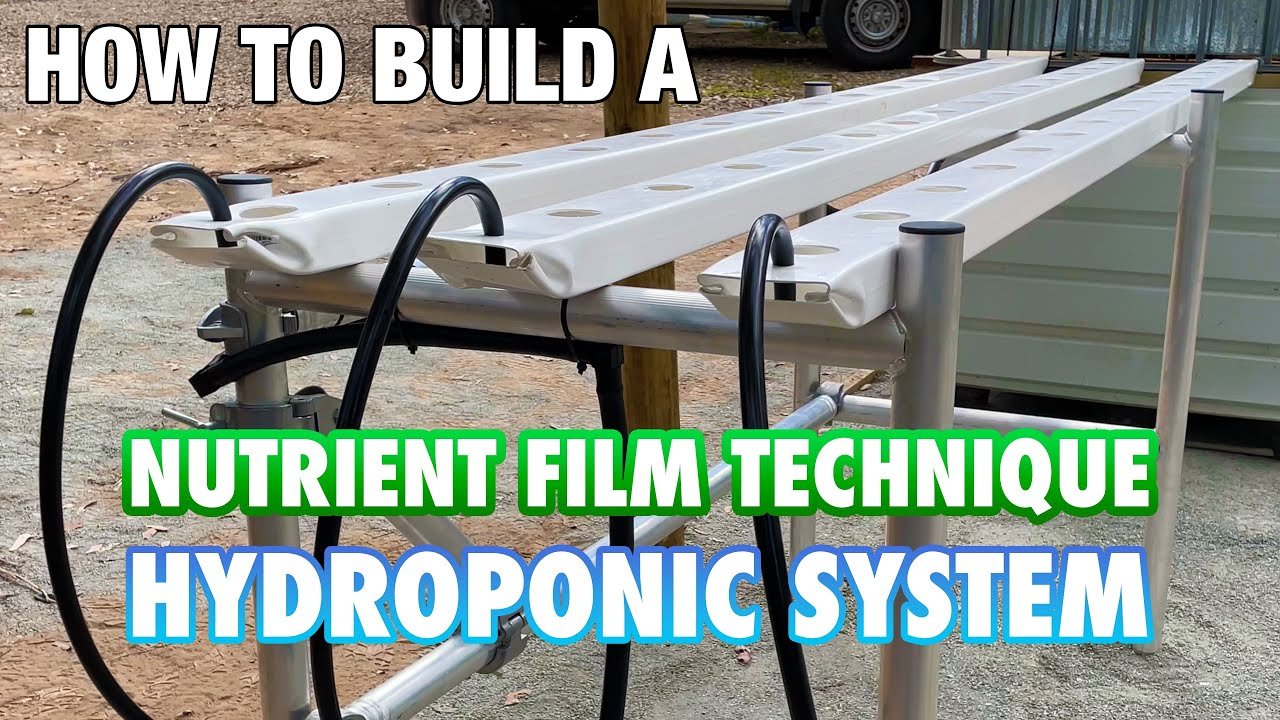
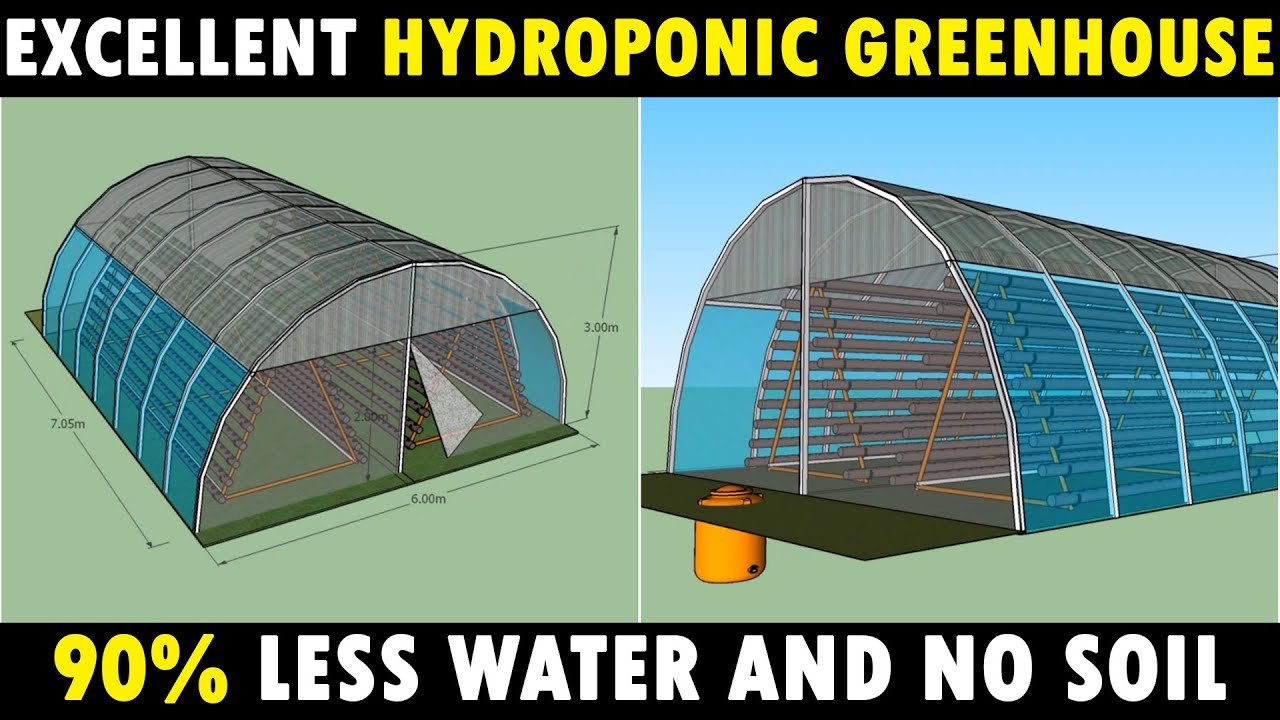
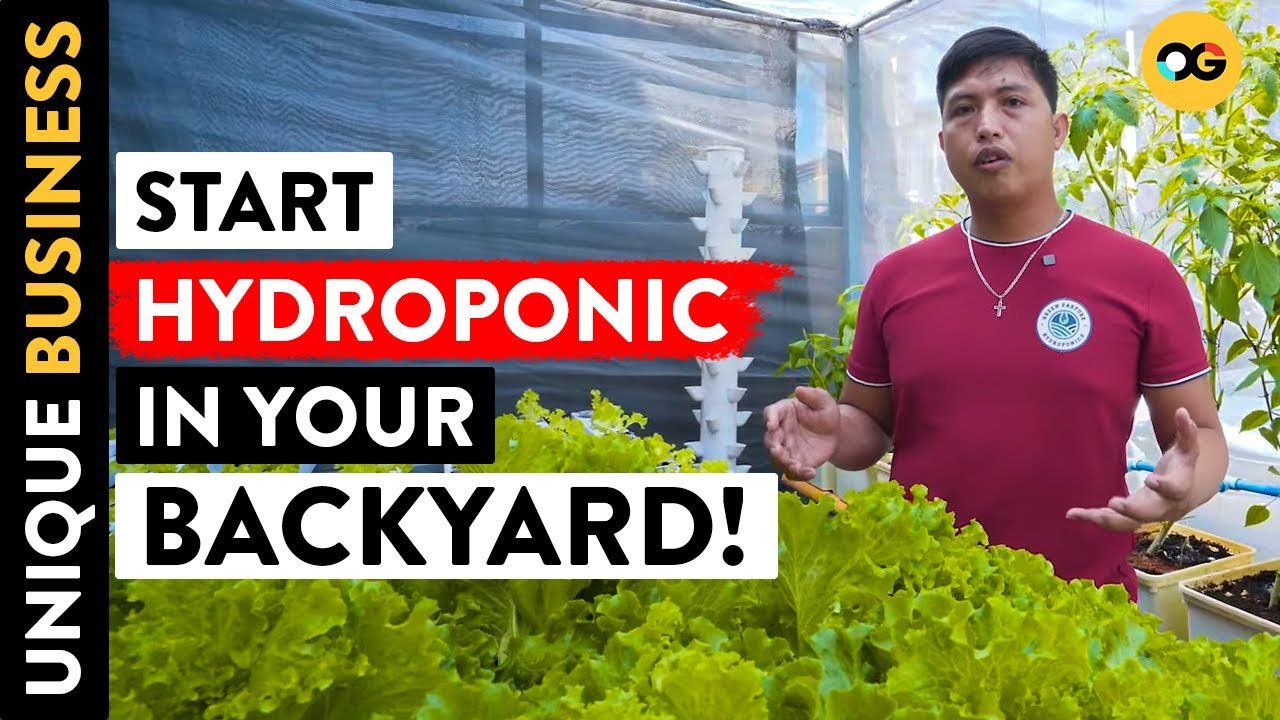

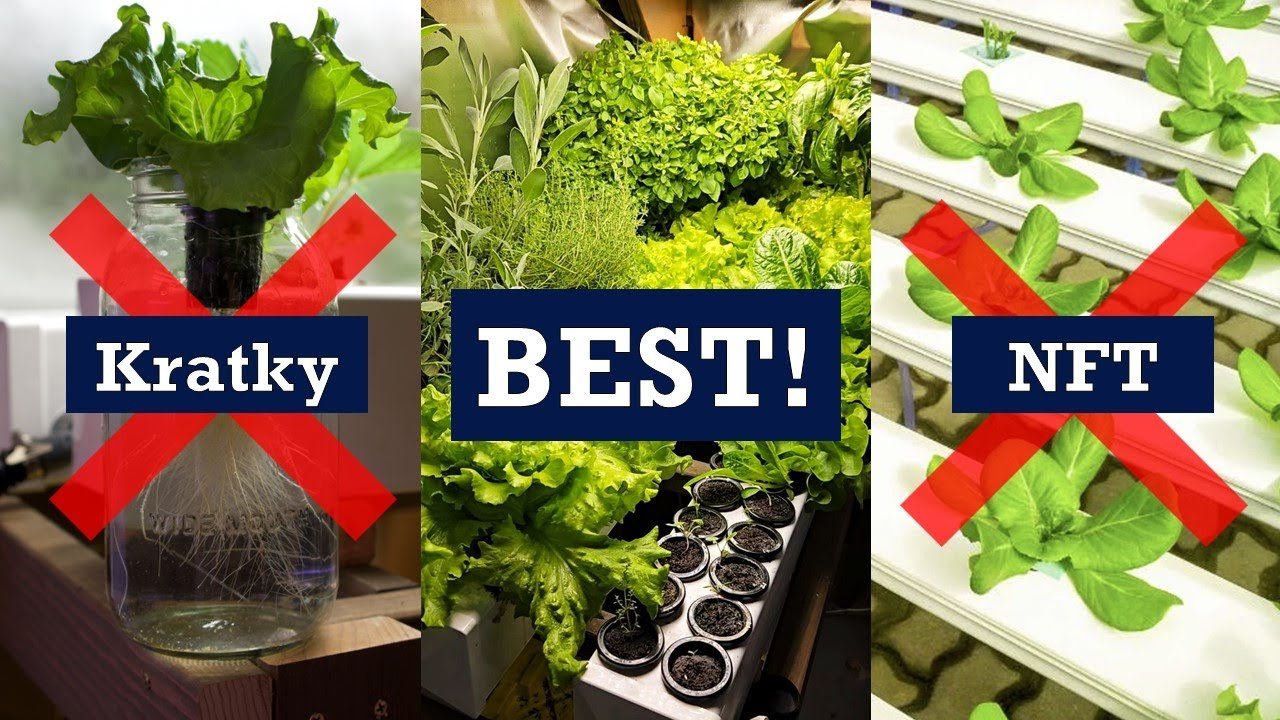
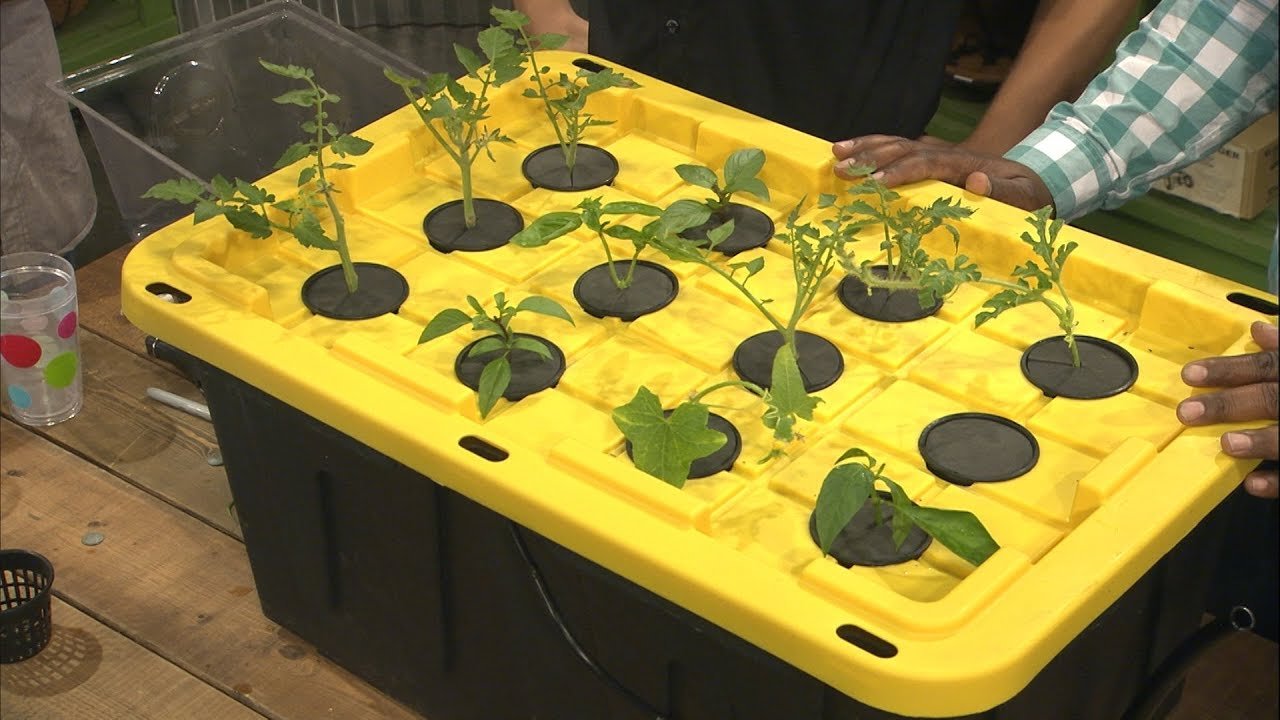
Leave a Reply